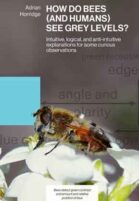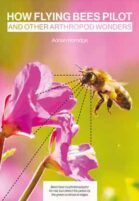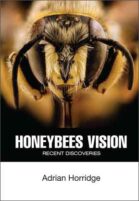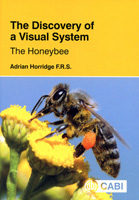
click image to zoom
Since the nineteenth century there have been many descriptions of bees' ability to discriminate coloured papers, but it is less well known that they can be trained to come to a grey target showing no colour. From their recognition of grey, and ability to discriminate light grey from dark grey, and from white and black, von Frisch concluded that bees…

click image to zoom
In the visual system of the honeybee, feature detectors for the amount of blue and distribution of green vertical edges were slowly revealed over the past century, as outlined in a companion booklet (Horridge, 2021). The method was to train bees on one of many targets and then test the trained bees until they failed when the last remaining cue…

click image to zoom
Professor Adrian Horridge has thoroughly enjoyed a long and productive career in scientific research. At 17 he won a scholarship to St John's College Cambridge, where he spent 10 years, from student to a fellowship, ending in the Zoology Department working with new techniques of recording from nerve cells. Some of this time was spent at the Naples Marine Laboratory…

click image to zoom
In this hardback book, Adrian Horridge sets out the curious and contentious history of how the visual system of the honeybee came to be understood and how, in his view, the current accepted theory is completely wrong. Based on his own meticulous experimental work and historic analysis of past literature over many years, Horridge tells the story of a century…


